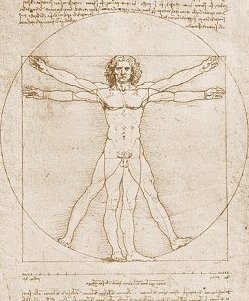Even as papers have gone far in changing their business models to accommodate to digital media, the paper editions remain superior to their digital versions targeted to desktop readers not only because of the technological qualities of paper but also because of the design of the paper editions.
Everything from font face and size of the headings to the arrangement of columns and stories on the print pages guide the reader to the intended destination. Take a paper edition of Financial Times, and you'll know what I mean. (Note that Financial Times has not yet broken the folding symmetry, which The Wall Street Journal did break on Jan. 1, 2007, by reducing its columns from an even to an odd number.)
Of course, I cannot help write about the paper edition without mentionting that while the designer of Financial Times does a good job, its opinion columns and editorials remain what they are as is expected in all papers with editors.
For example, one of the Financial Times opinion columnists, the slate.com editor Jacob Weisberg, seems to be on a solid contract to write a regular but a rather poor column on Iran in every so many issue. While the intent of Weisberg's column reminds me quite a bit of Michael Ledeen's "work" on the opinion pages of The Wall Street Journal back in 2002 - 2003 era (before he got caught with the blank lies he kept stringing together almost at will), Wiesberg may yet prove to be a better poetic writer with a better sense of dramatic art (as in plays) and has taken upon himself to offer somewhat more fanciful strategum.
In all this, what surprises me most is that these people actually get paid to feed propaganda to their hapless readers and write with confidence and an air of authority about topics they know so very little about.
We can think of this nauseating activity in two apparently distinct ways: Propaganda for Pay or Pay for Propaganda. Take your pick but you need to pick one. Why does the first seem a bit more shameless?
In the same vain, I really truly wonder and am quite curious to know whether Weisberg's dreamy columns on Iran actually get the light of the day in the European print edition of Financial Times or whether only we, the American readers of the print edition, have the honor of being regularly subjected to the drama in his columns.
The topics captured in the above paragraphs remind me again that in the world I live, form continues to matter way more than substance.



